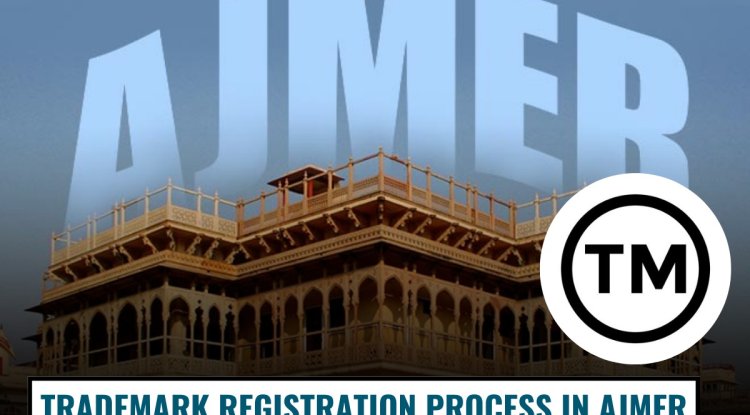Miniso vs Travel Blue: A Landmark Design Infringement Case in India’s Retail Market
Explore the fascinating IP dispute between Miniso and Travel Blue in India’s retail sector. This case highlights how design originality, functionality, and brand identity intersect under the Designs Act, 2000—offering key lessons for businesses on innovation, protection, and sustainability in the competitive Indian market.

Introduction
In the ever-evolving retail landscape of India, two major international brands—Travel Blue and Miniso—have established strong presences. While both cater to lifestyle and travel products, their philosophies and strategies differ significantly. Recently, these differences extended into the courtroom over an intellectual property dispute concerning the design of a travel accessory.
The Story Behind the Brands
Miniso: Affordable Design for Everyday Life
Founded in 2013 by Japanese entrepreneur Miyake Junya and Chinese entrepreneur Ye Guofu, Miniso Life Style Private Limited operates in India as a subsidiary of Miniso Hong Kong Limited.
The brand is known for its affordable, aesthetic, and standardized products—ranging from home goods and accessories to electronics.
In October 2025, Miniso opened its largest flagship store in India at Pacific Mall, Tagore Garden, Delhi, featuring exclusive IP-themed collections. Miniso’s collaborations include iconic names like Harry Potter, Disney, Marvel, Sanrio (Hello Kitty), and We Bare Bears. A special Harry Potter Pop-Up Store 2.0 also ran at Inorbit Mall, Hyderabad from October 30 to November 30, 2025.
Travel Blue: Pioneers in Travel Comfort
Travel Blue, established in 1987 in the United Kingdom, is a family-owned brand that revolutionized travel accessories. The company entered the Indian market in 2010, offering neck pillows, travel bags, eye masks, and more.
Committed to comfort, reliability, and innovation, Travel Blue introduced a “Lost & Found” service allowing product registration for easy recovery. Its global “Our Blue Way” sustainability initiative promotes eco-friendly products, such as reusable stainless steel water bottles, while targeting Gen Z consumers through creative campaigns like PPP – Pins, Patches & Pillows.
The Legal Dispute: Design Piracy Allegations
Background of the Case
In 2024, Travel Blue Products India Pvt. Ltd. and Travel Blue Limited (UK) filed a lawsuit against Miniso Life Style Pvt. Ltd. and Miniso Hong Kong Ltd. before the Bombay High Court in IA (L) No. 28407 of 2024 in Commercial IPR Suit (L) No. 28275 of 2024.
The plaintiffs alleged that Miniso was marketing a neck pillow strikingly similar to their registered design—the “Tranquility Neck Pillow.” Travel Blue has held registered design rights internationally since 2015 and in India since 2017.
The suit was filed for design piracy and passing off, seeking interim relief to prevent Miniso from selling the allegedly infringing product.
To know more about this you can follwo the link below:
Plaintiffs’ Arguments: Valid Design Protection
- The design registration under Section 10(4) of the Designs Act, 2000 presumes validity.
- The design is distinct and aesthetic, focusing on shape and configuration rather than utility.
- Functionality does not negate protection, especially when visual appeal is a factor.
- The prior art cited by Miniso was visually distinct, with no similar registered design in India.
- Miniso’s neck pillow is an imitation that causes consumer confusion, supporting claims of design infringement and passing off.
Defendants’ Arguments: Functionality Over Form
- The design’s only unique element is a pocket, which serves a functional purpose.
- The overall shape is ergonomic, not artistic, and similar products existed earlier.
- Miniso’s product lacks the pocket and does not copy the Plaintiffs’ branding or packaging.
- Referring to Cryogas Equipment Pvt. Ltd. v. Inox India Ltd. (2025), Miniso argued that functionality dominates over aesthetic appeal, applying the “dominant functionality test.”
Legal Principles and Key Precedents
Relevant Provisions under the Designs Act, 2000
- Section 2(d): Definition of “design”
- Section 10(4): Presumption of validity
- Section 19: Grounds for cancellation (prior publication or registration)
- Section 22: Piracy of registered design
Important Case References
- Cryogas Equipment Pvt. Ltd. v. Inox India Ltd. (2025) – introduced the functionality or dominant purpose test.
- Whirlpool of India Ltd. v. Videocon Industries Ltd. (2014) – established the “only option” test.
- Apollo Tyres v. Pioneer Trading Corporation (2017) and
ITC Ltd. v. Controller of Patents and Designs (2017) – reinforced design protection principles.
Court’s Findings
- The Plaintiffs’ design was valid and aesthetic, not purely functional.
- The Defendants failed to prove prior art or that the design’s form was dictated by utility alone.
- Physical comparison of the products revealed significant visual similarity, leading to a prima facie case of infringement.
- The balance of convenience and potential irreparable harm favoured the Plaintiffs.
Interim Injunction
The Court granted an interim injunction, restraining Miniso from manufacturing, marketing, or selling the disputed product or any similar imitations of Travel Blue’s registered design.
Conclusion
This case highlights the delicate balance between functionality and aesthetic innovation in design law. It reaffirms that a design can be protected even if it serves a function, provided it exhibits distinct visual appeal.
The Bombay High Court’s approach strengthens design protection in India and sends a clear message about the importance of originality, creativity, and brand integrity in an increasingly competitive marketplace.












